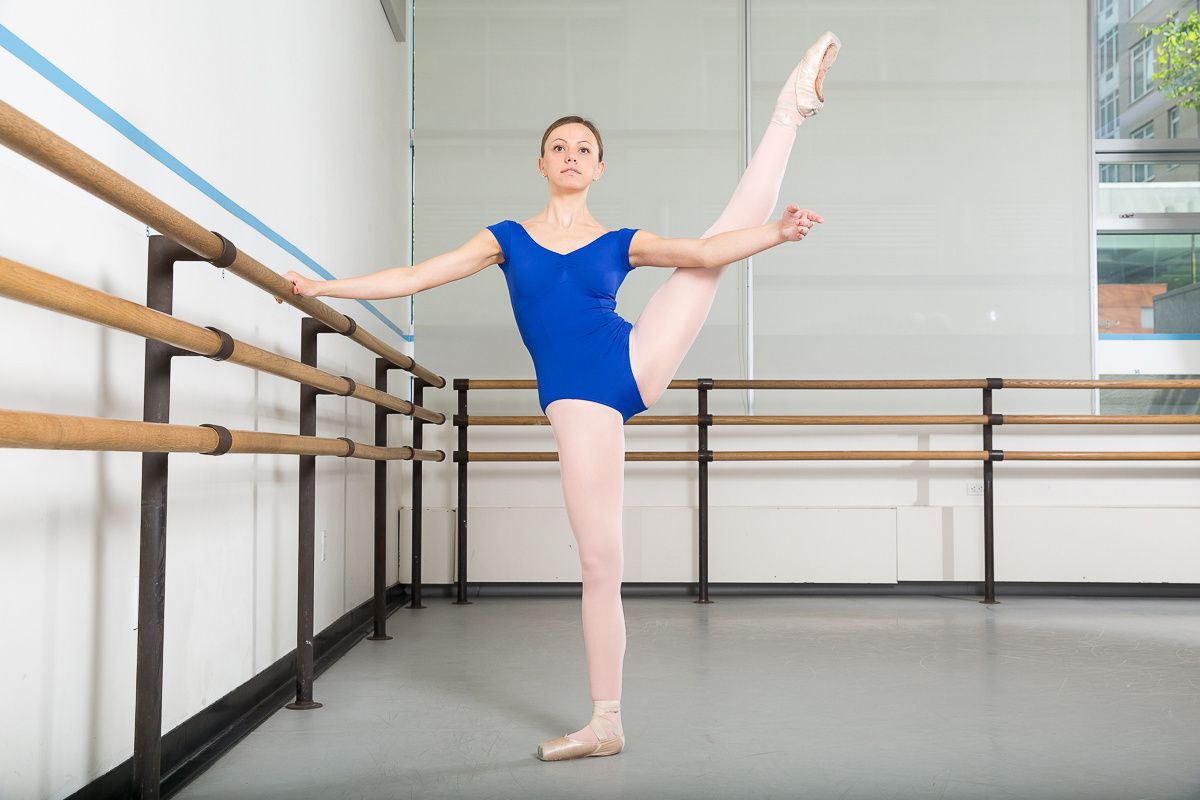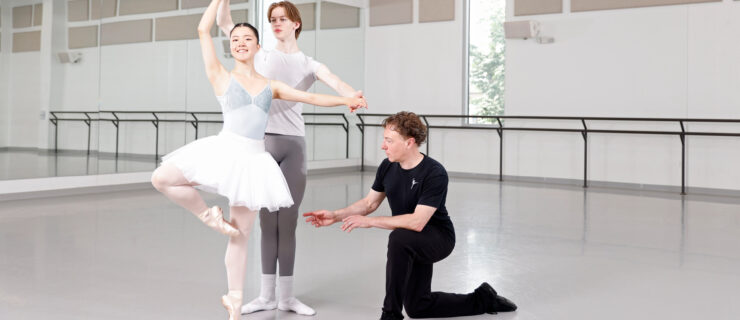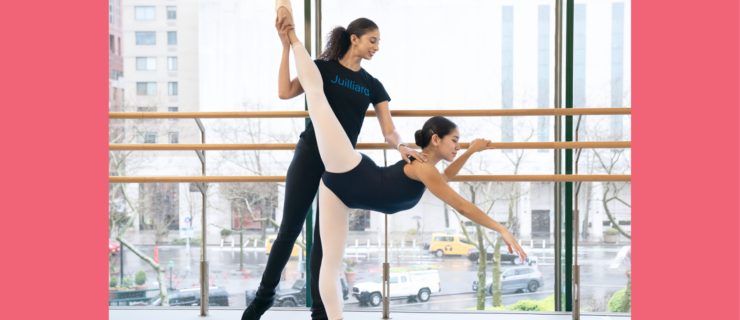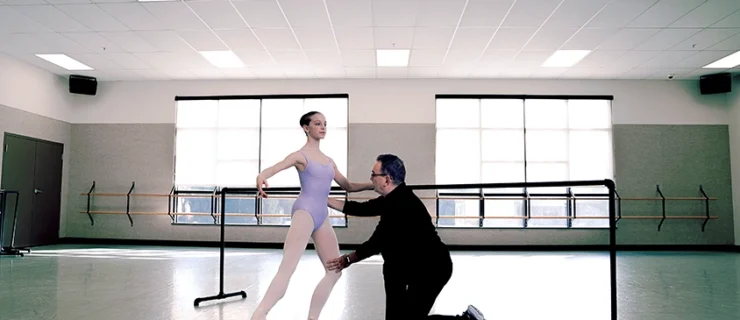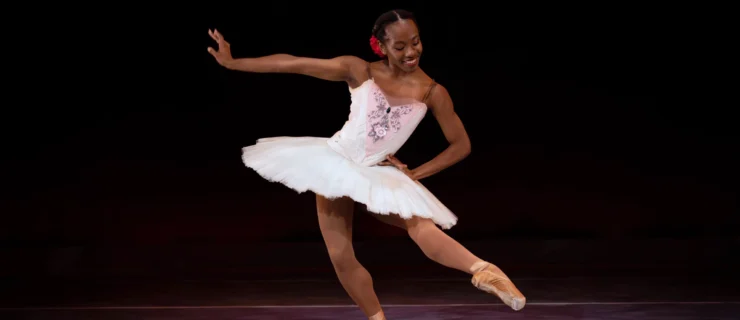Master Grand Battement With These Expert Tips from Xiomara Reyes
Xiomara Reyes, head of The Washington School of Ballet, describes grand battement as “a very important base step that helps with flexibility, jumps and stability. It’s the beginning of a grand jeté, the farthest push of your body in space and movement.” Here, she shares how she works on this essential building-block step.
Find Freedom
“A lot of students don’t have the amount of flexibility that we are seeing now in companies,” Xiomara Reyes says. For this reason, she coaches them to really “throw” their legs, rather than trying to control them on the way up. “You want the working leg to have freedom, so it goes a little higher. Explore the limits of your extension.”
Maintain Balance
 Reyes teaching class at The Washington School of Ballet. Jim Lafferty for Dance Teacher
Reyes teaching class at The Washington School of Ballet. Jim Lafferty for Dance Teacher
That freedom must be supported by a strong standing side or the force of the battement will pull you off-balance. “Have the feeling that you are pushing on the earth with the standing leg,” says Reyes. And after “throwing” the working leg skyward, control it on the way down, so it returns cleanly into fifth through tendu.
To the Front and Side
“Start the movement from the inside of the leg and the heel,” Reyes says, to ensure the leg moves with turnout. Practicing grands battements with a flexed foot can help you find and employ those interior muscles.
To the Back
Lead with the toes going back to engage the turnout. Reyes sees many students make the mistake of trying to keep their hips square, causing the back leg to turn in. “Open that hip without allowing the standing hip to go with it, or the glutes to let go—that’s the hard balance.” Additionally, she says, “you don’t want to pinch your back.” Make space for the leg to go up by taking the chest forward, creating “a little body diagonal.”
Think Bigger
“When you dance, your whole body is breathing: You expand, and then come back to the center,” Reyes says. “Incorporate that, even in a grand battement. Your body doesn’t finish at your leg or at the top of your hand. There is more energy around it. Having that kind of length gets your dancing to another dimension.”
Extra Tip
Think of grands battements as a test for what’s next. “It’s the last exercise of the barre,” says Reyes. “Hopefully you have been thinking of the turnout of your standing side during the whole barre. How strong have you been holding that side? Are you ready to go to the center?”
